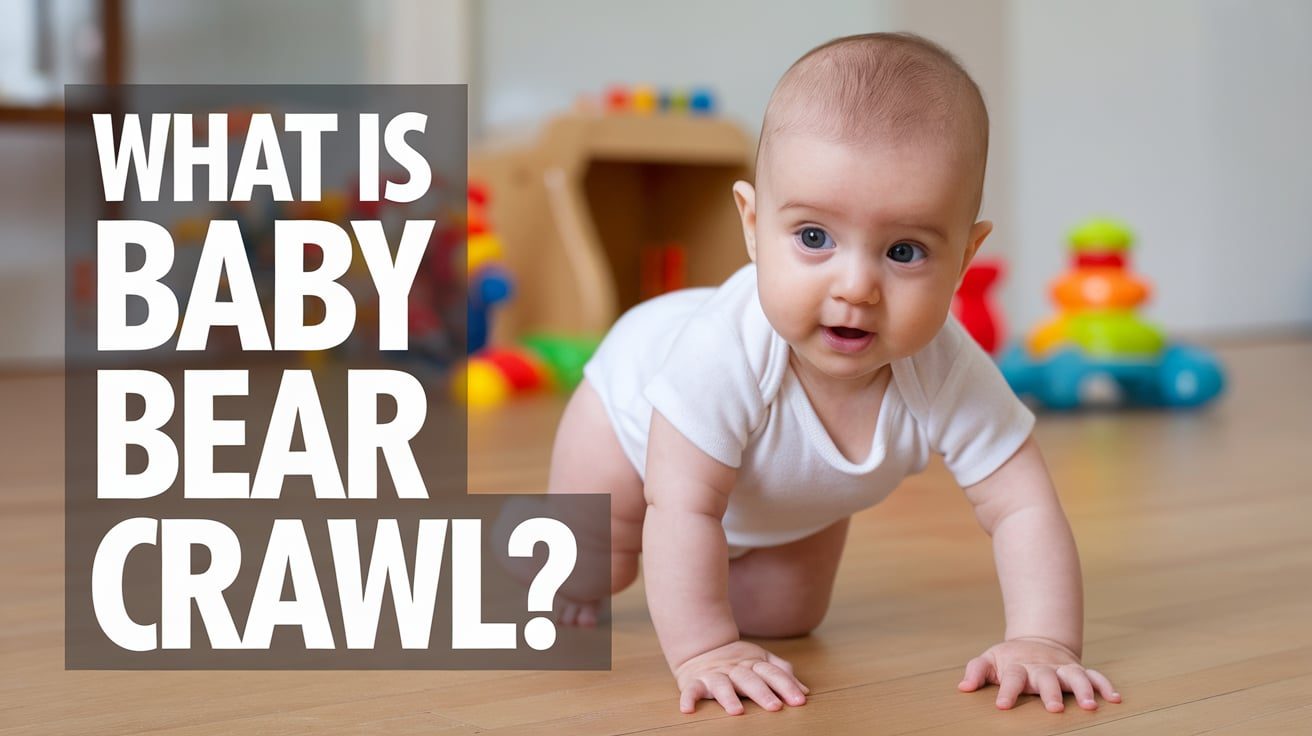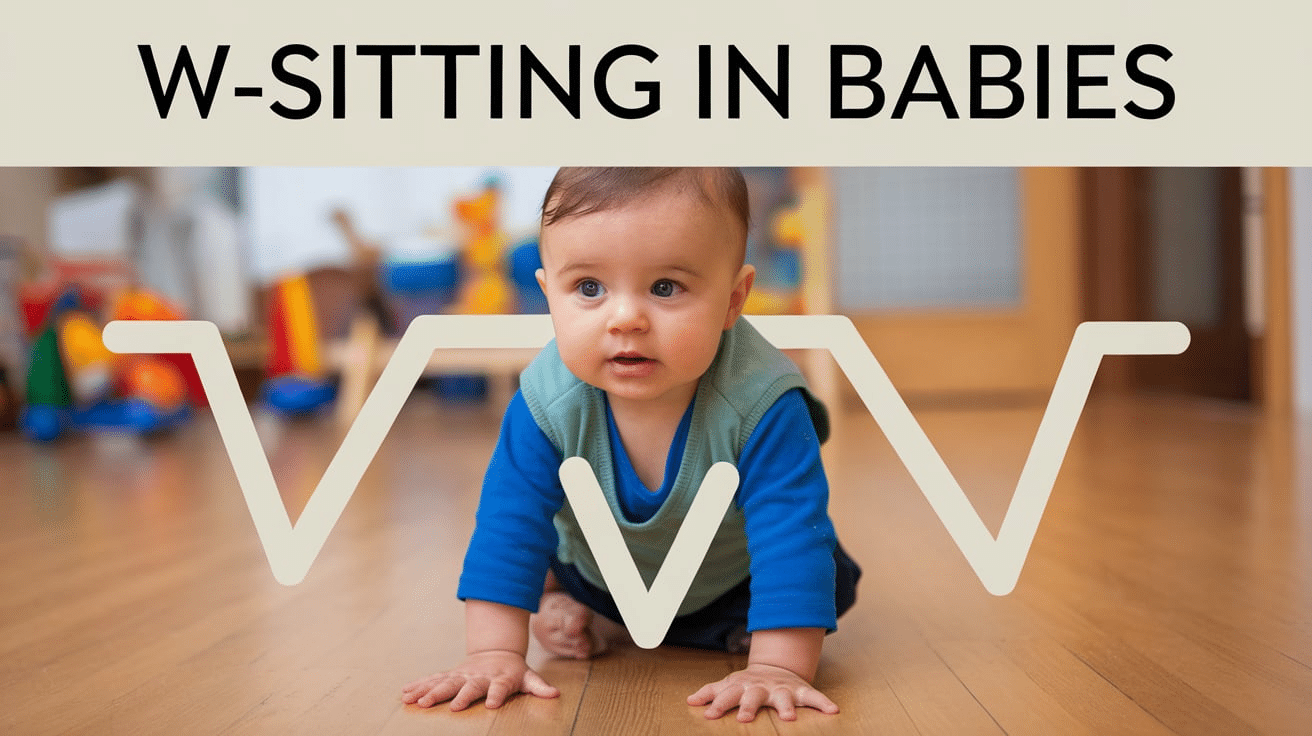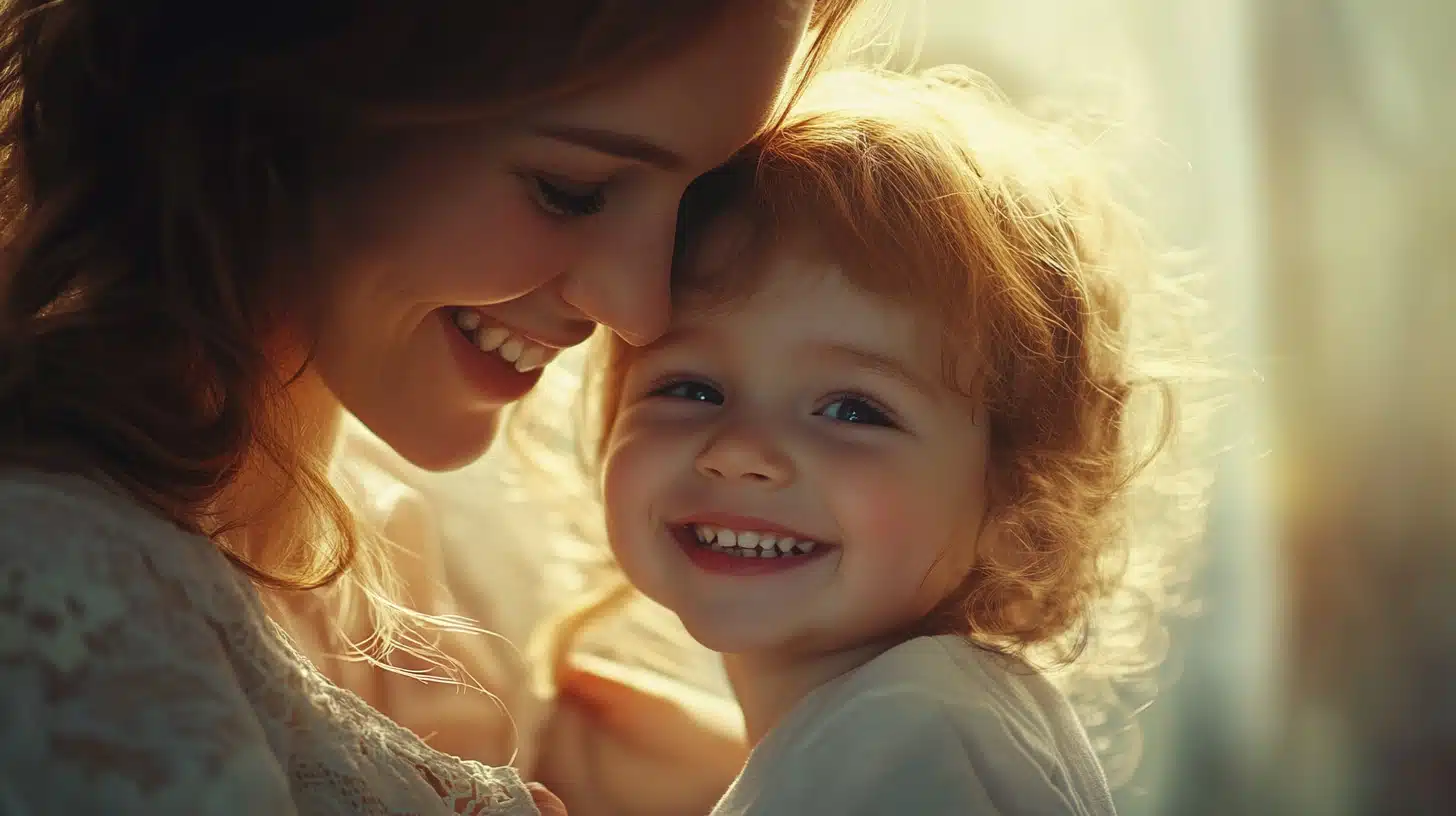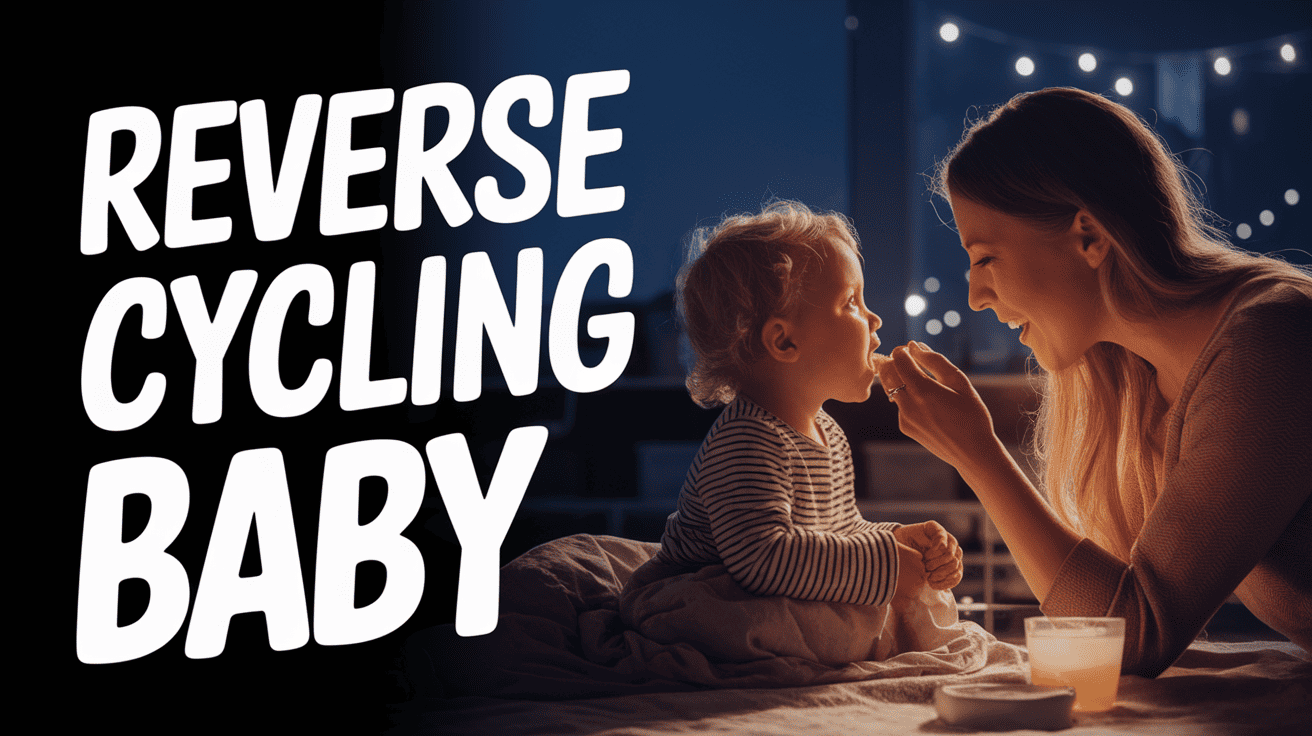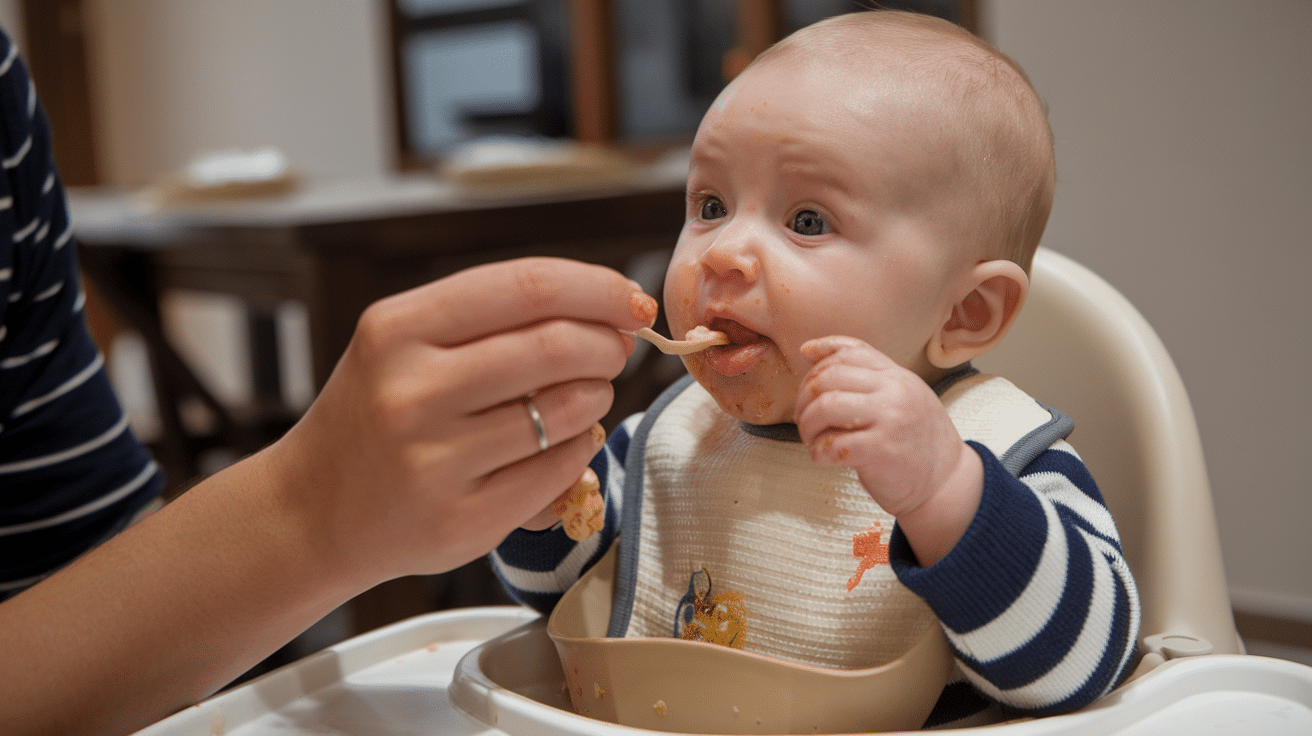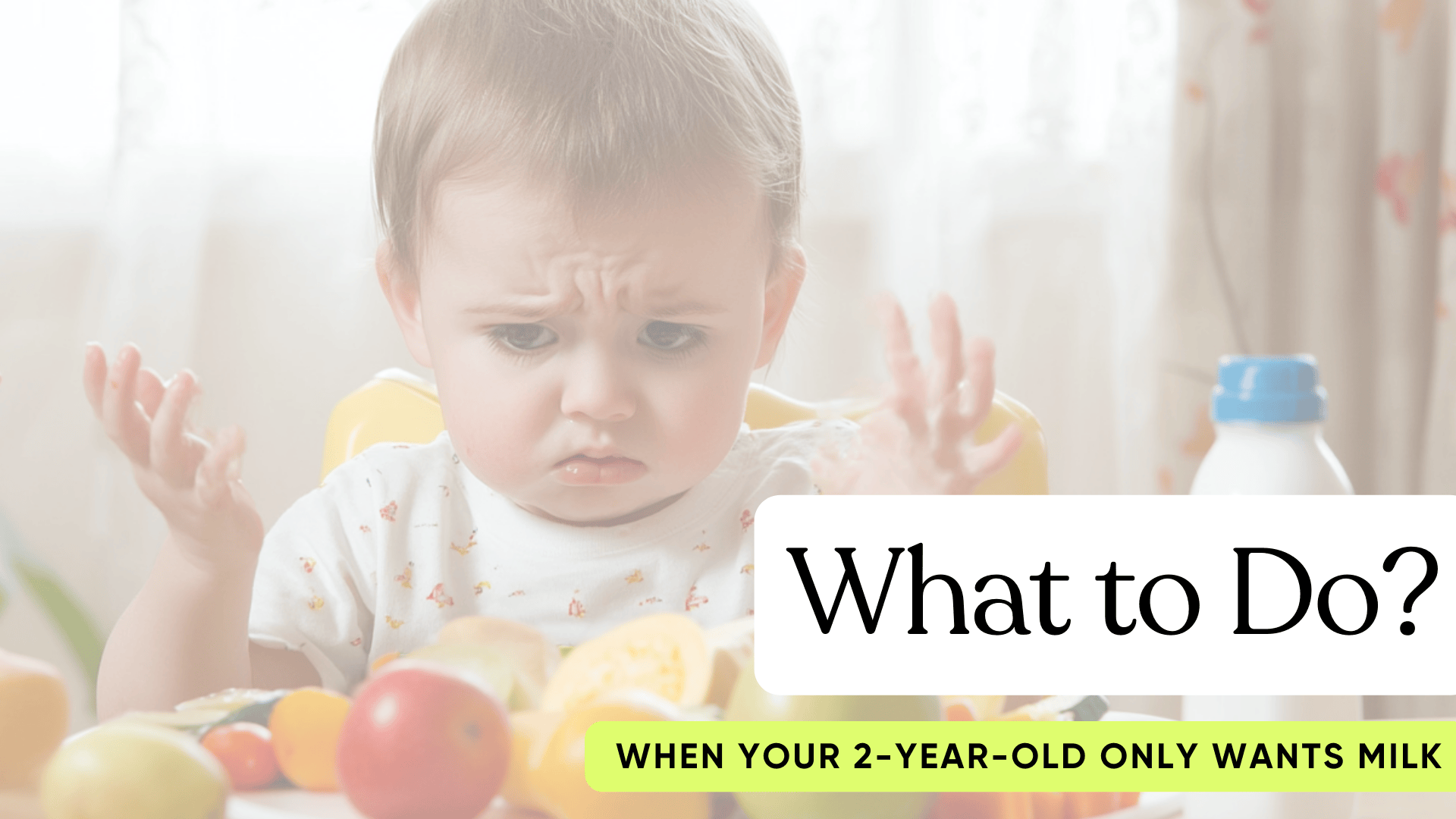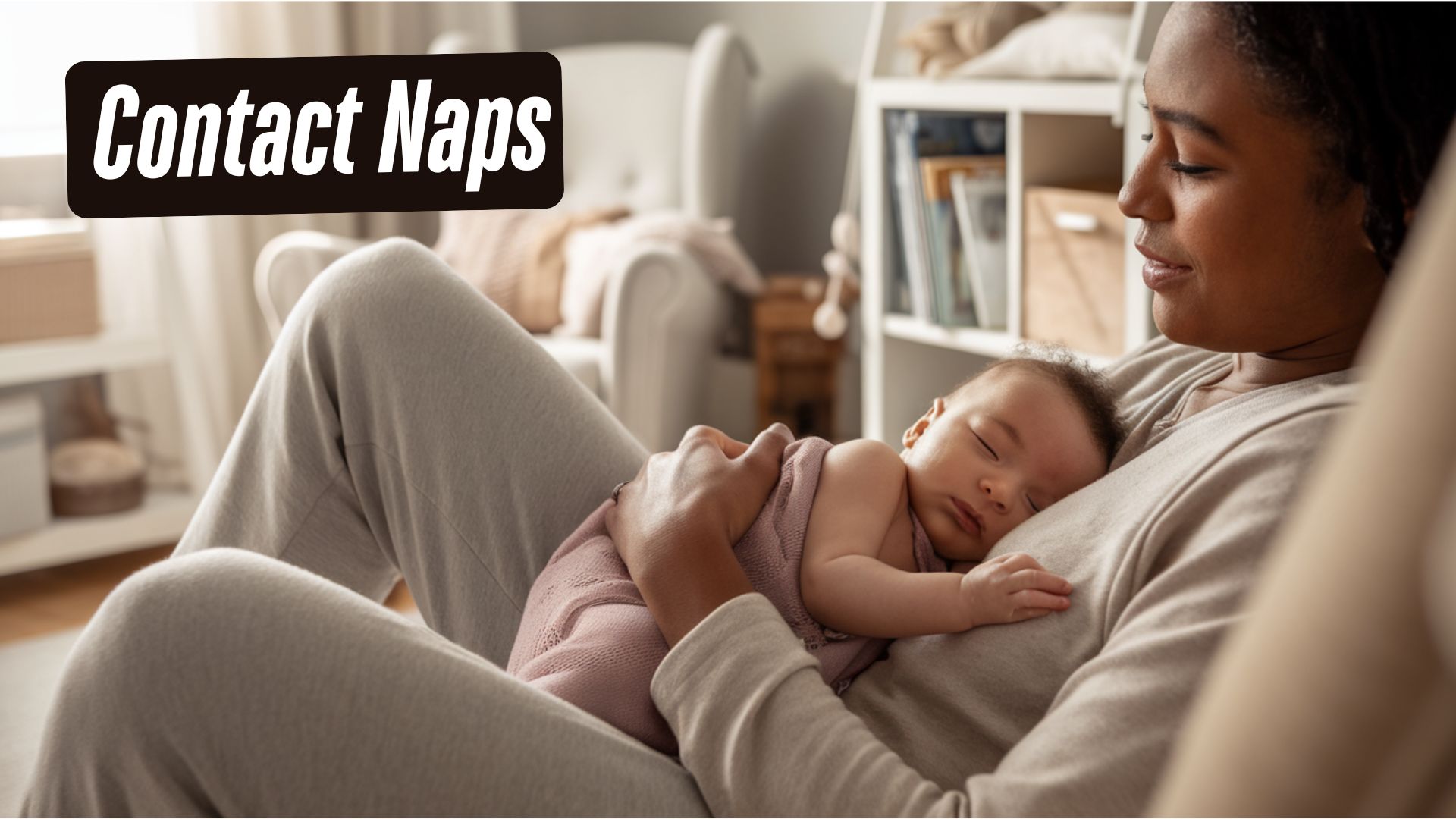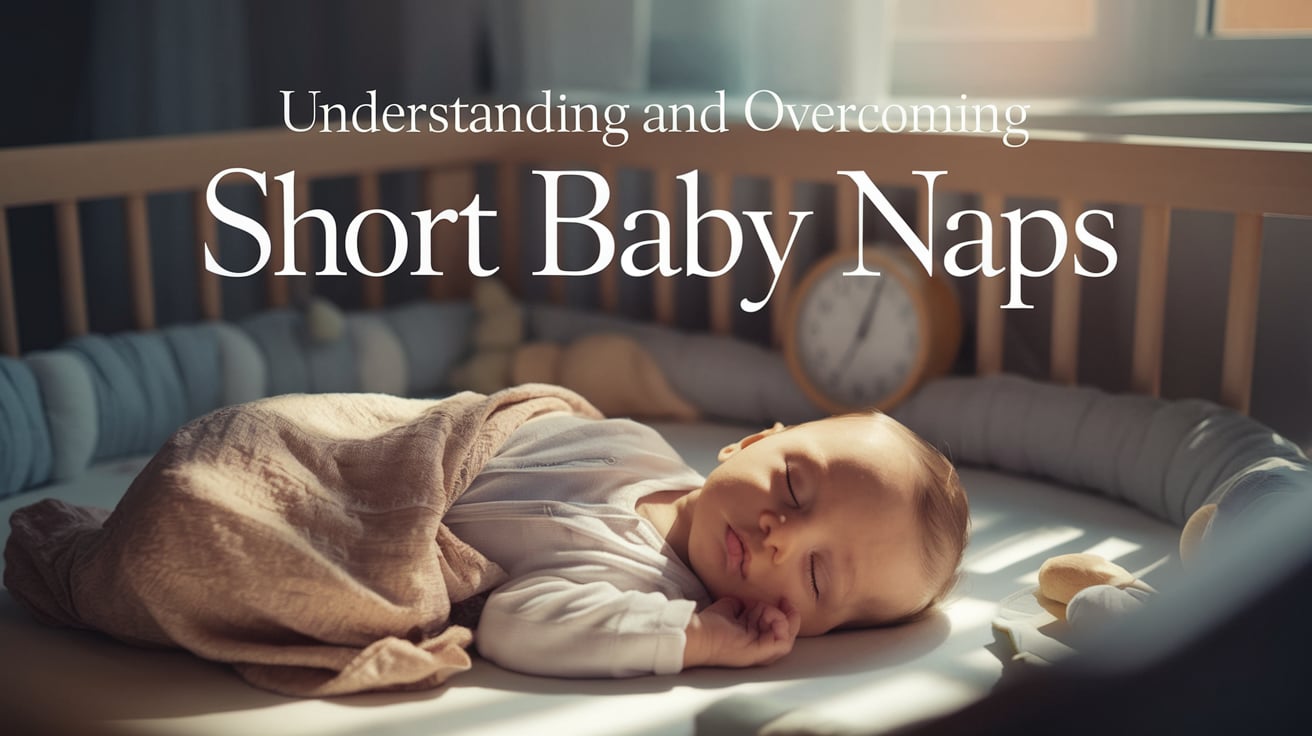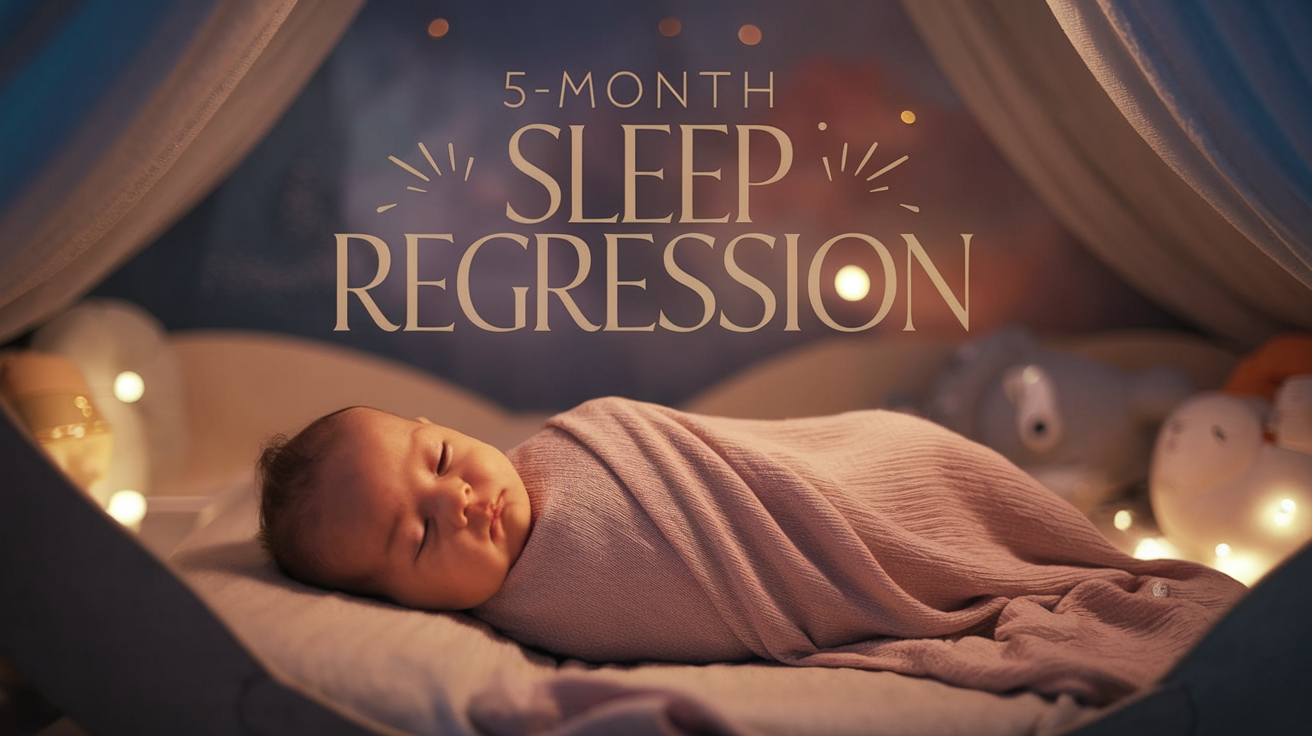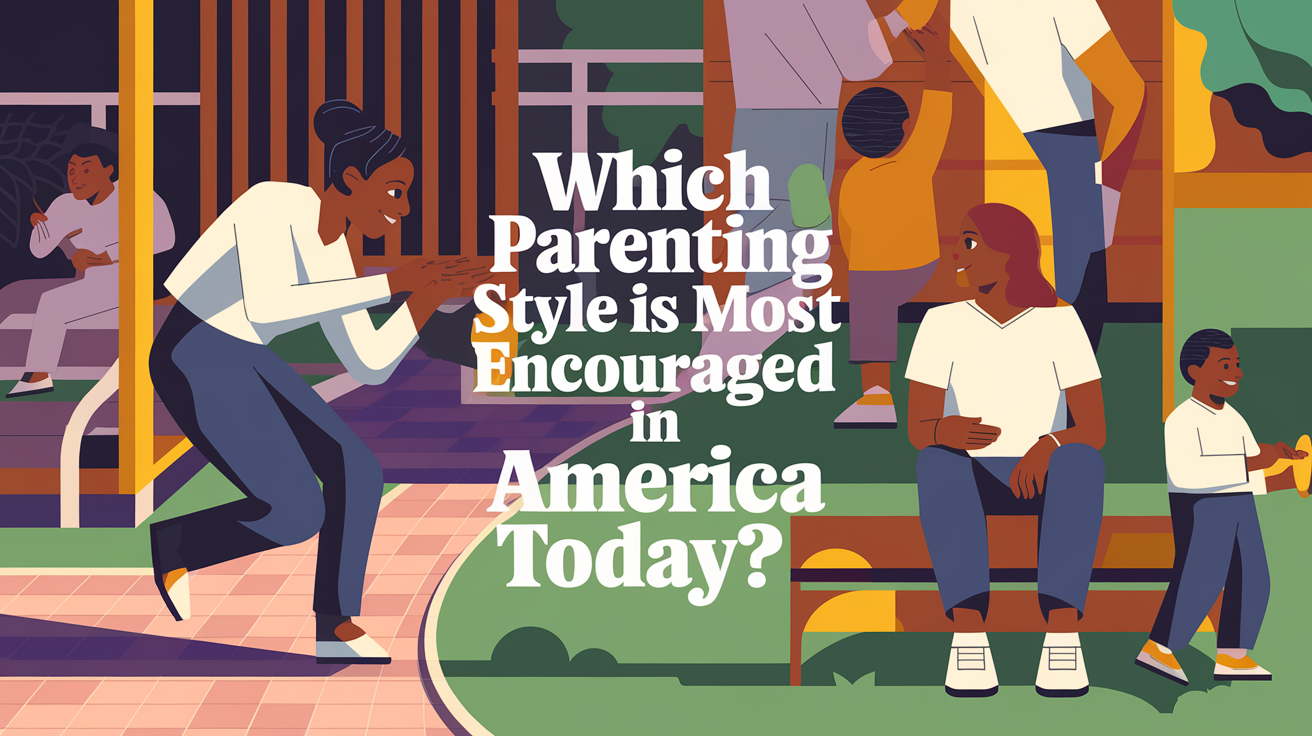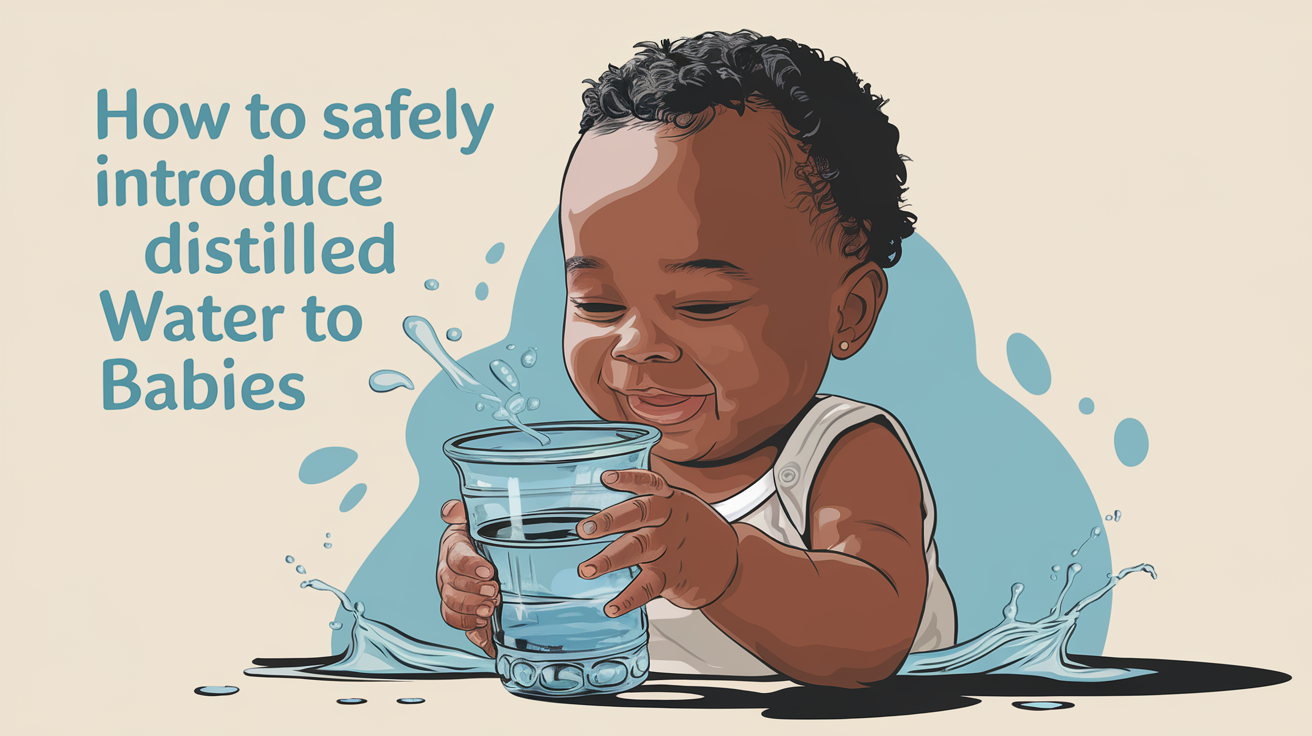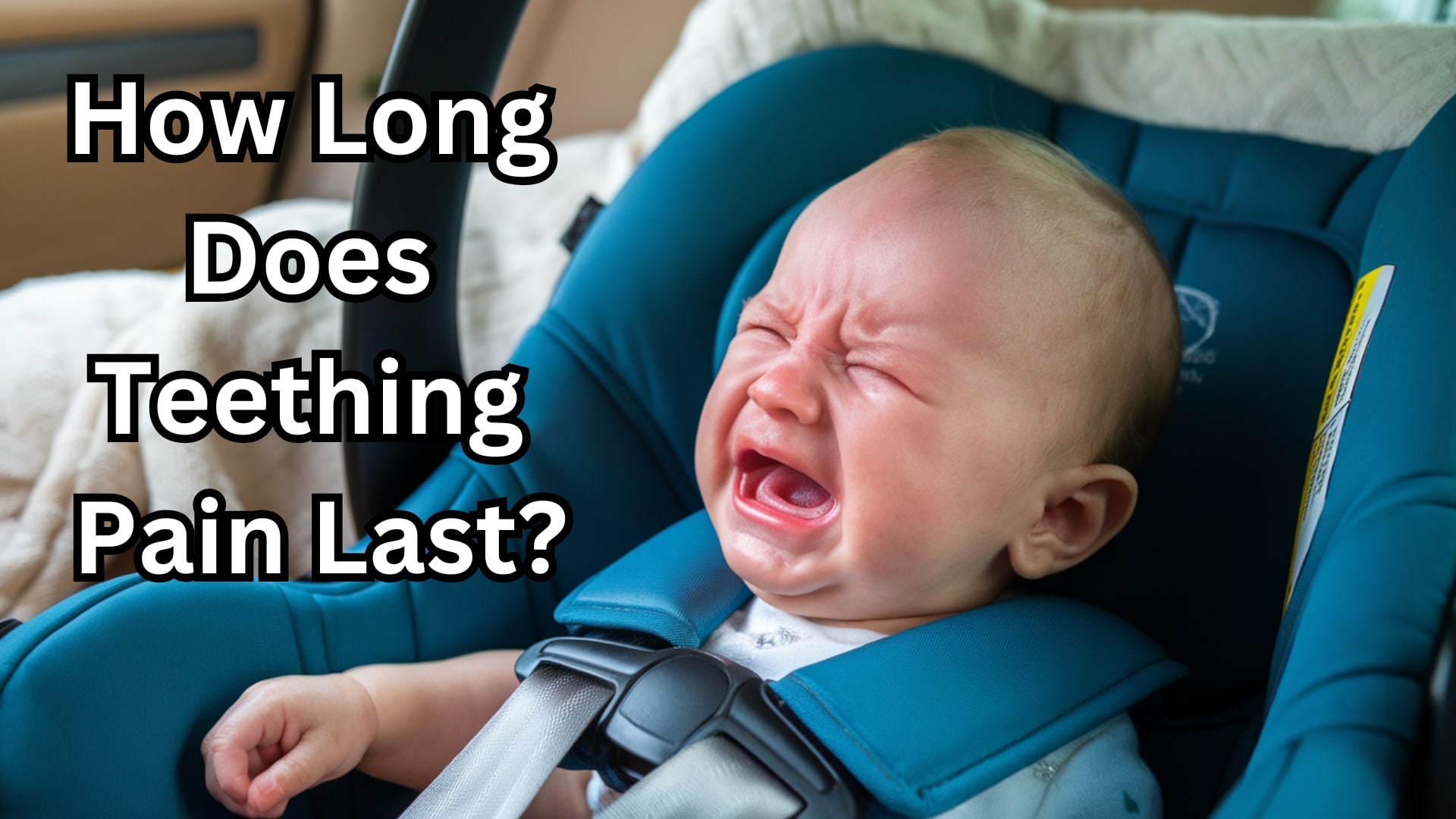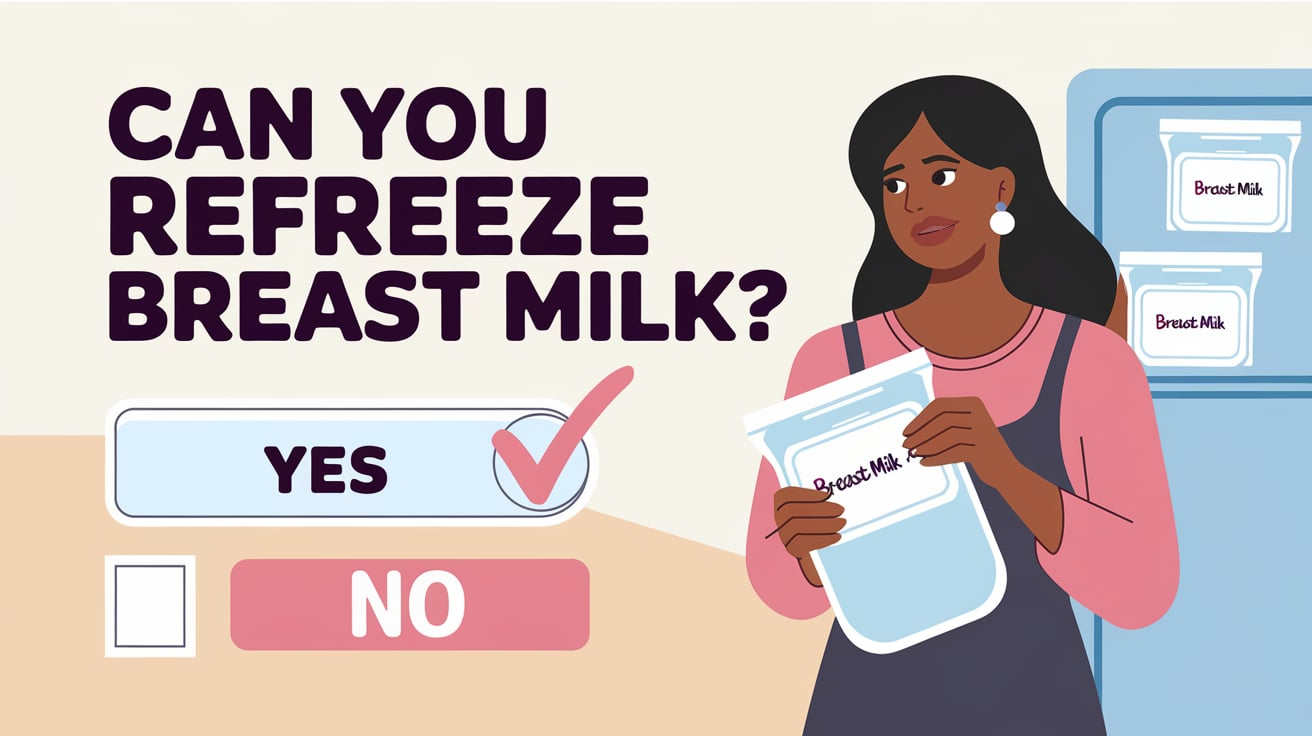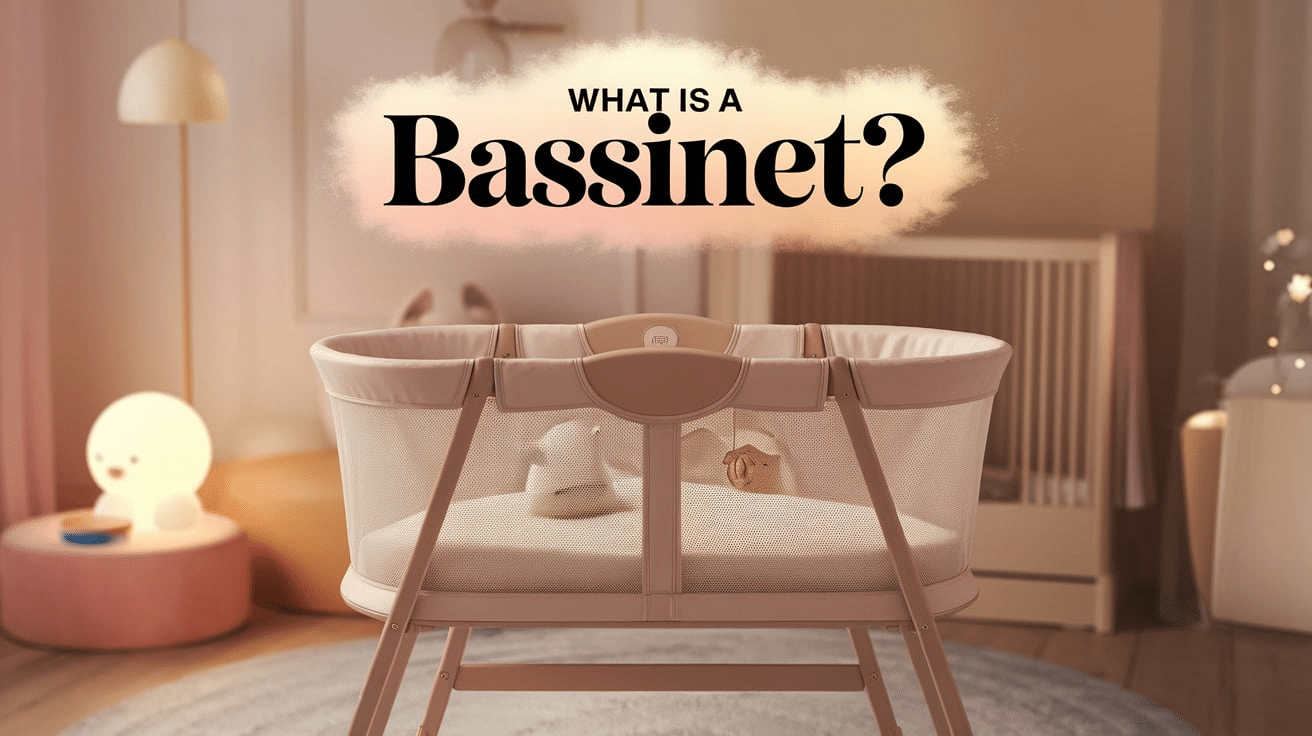
The first nights with your little one can be both magical and challenging. New parents often wonder about the safest sleeping options for their precious newborn.
What is a bassinet, and why does it matter to your baby? These compact sleeping spaces offer a snug, secure environment specifically designed for the smallest members of your family.
Unlike larger cribs, bassinets provide a cozy spot that helps newborns feel secure, similar to the womb they recently left.
They’re typically portable, allowing you to keep your baby close throughout your home during those early weeks.
Many pediatricians suggest using them for the first months of life when babies need frequent feeding and attention. The right sleeping space can make all the difference in those initial weeks at home.
Let’s look at why these specialized baby beds might be the perfect first sleep solution for your family.
What Is a Bassinet?
A bassinet is a small, portable bed designed specifically for newborns and infants up to about 4-6 months old.
It features a shallow, basket-like sleeping area with breathable mesh or fabric sides mounted on a stable stand or frame.
Unlike cribs, bassinets are compact and lightweight and often include features like gentle rocking motions. Their lower height makes it easier for parents to reach their baby during nighttime feedings or diaper changes.
Bassinets provide a snug, cozy sleep space that helps newborns feel secure during their transition from the womb.
Most models come with a thin, firm mattress and can include additional features such as storage baskets, canopies, or music players.
Why Use a Bassinet for Your Newborn?
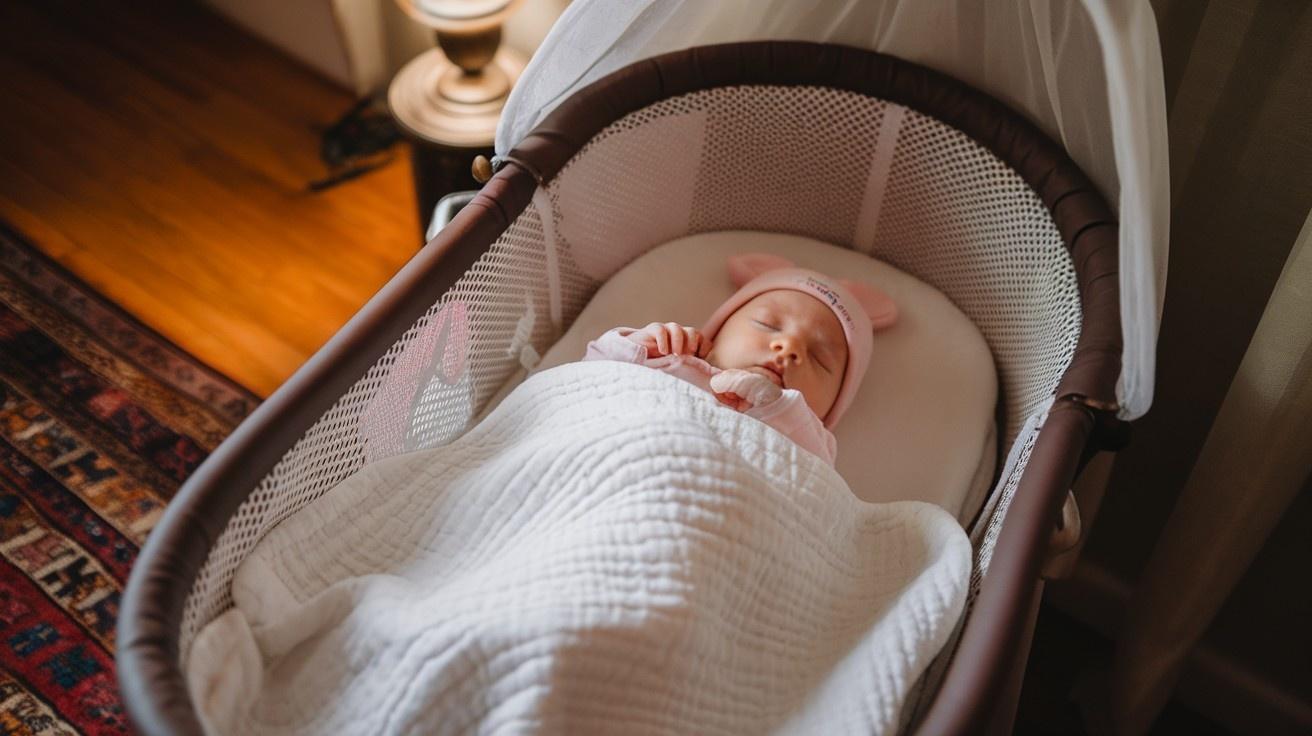
A bassinet offers practical benefits for parents during those first months with a baby. The small sleeping space keeps your little one cozy while staying within arm’s reach for those midnight feeding sessions.
The design supports healthy sleep habits for infants, with firm surfaces and proper ventilation. Many pediatricians suggest using one for the initial weeks of life.
The modest footprint makes it ideal for homes with limited space. You can move it between rooms as needed, keeping your baby close throughout the day.
Most options include helpful features like storage pockets, rocking capabilities, or mesh sides for visibility. These thoughtful additions make the early parenting trip more manageable.
Types of Bassinets Available
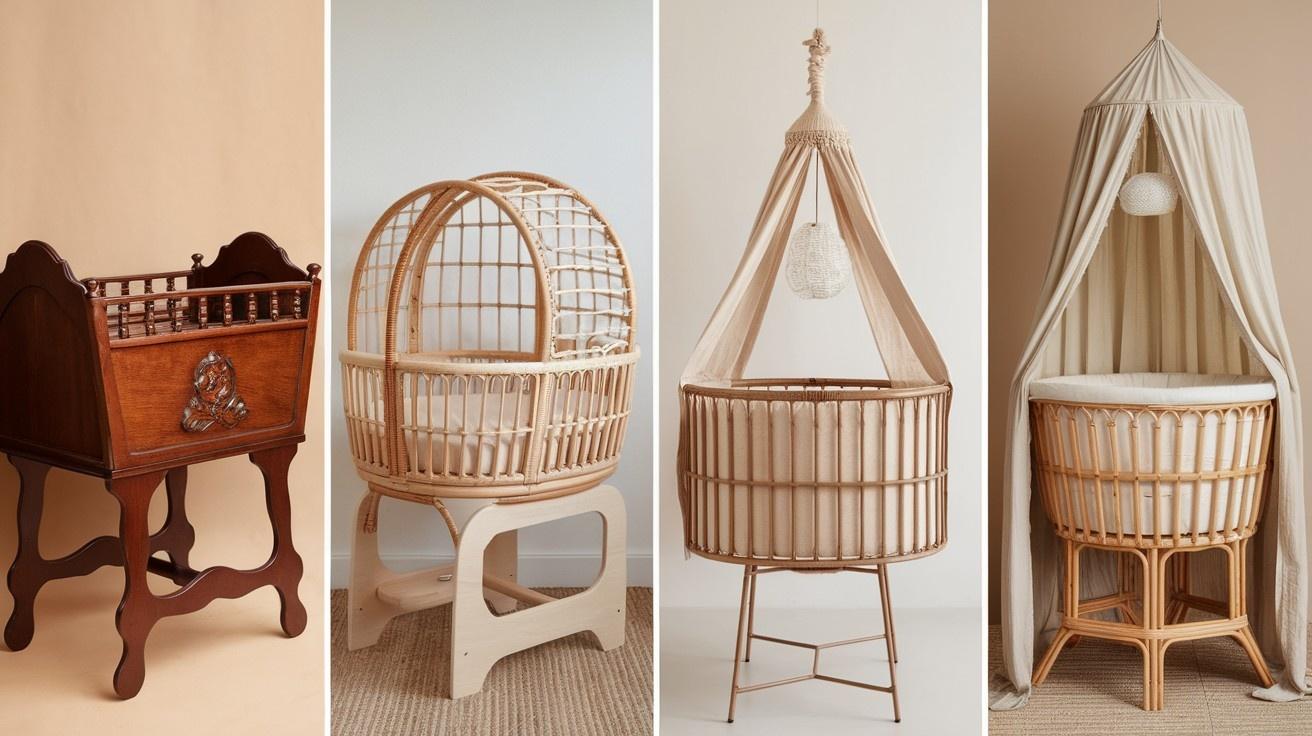
1. Traditional Bassinets
These cribs have a simple, classic design and sturdy frames that stay in one place. They offer a cozy sleep space with soft bedding and familiar comfort, perfect for parents who want a dedicated spot for their baby to sleep in a specific room of the house.
2. Portable/Travel Bassinets
Lightweight and foldable options that are set up quickly wherever you need them. These space-saving units pack down small for transport and storage, making them ideal for families who travel often or have limited home space.
3. Bedside Sleeper Bassinets
Attach directly to your bed for easy access during nighttime feedings and checks. These allow you to reach the baby without fully getting up, promoting better rest for parents while keeping little ones close and secure throughout the night.
4. Smart Bassinets
There are high-tech options with automatic rocking, built-in sounds, and motion sensors. Many connect to smartphone apps for remote control and sleep tracking. These tech-forward choices aim to help soothe fussy babies and provide parents with useful sleep data.
Bassinet vs. Crib: What’s the Difference?
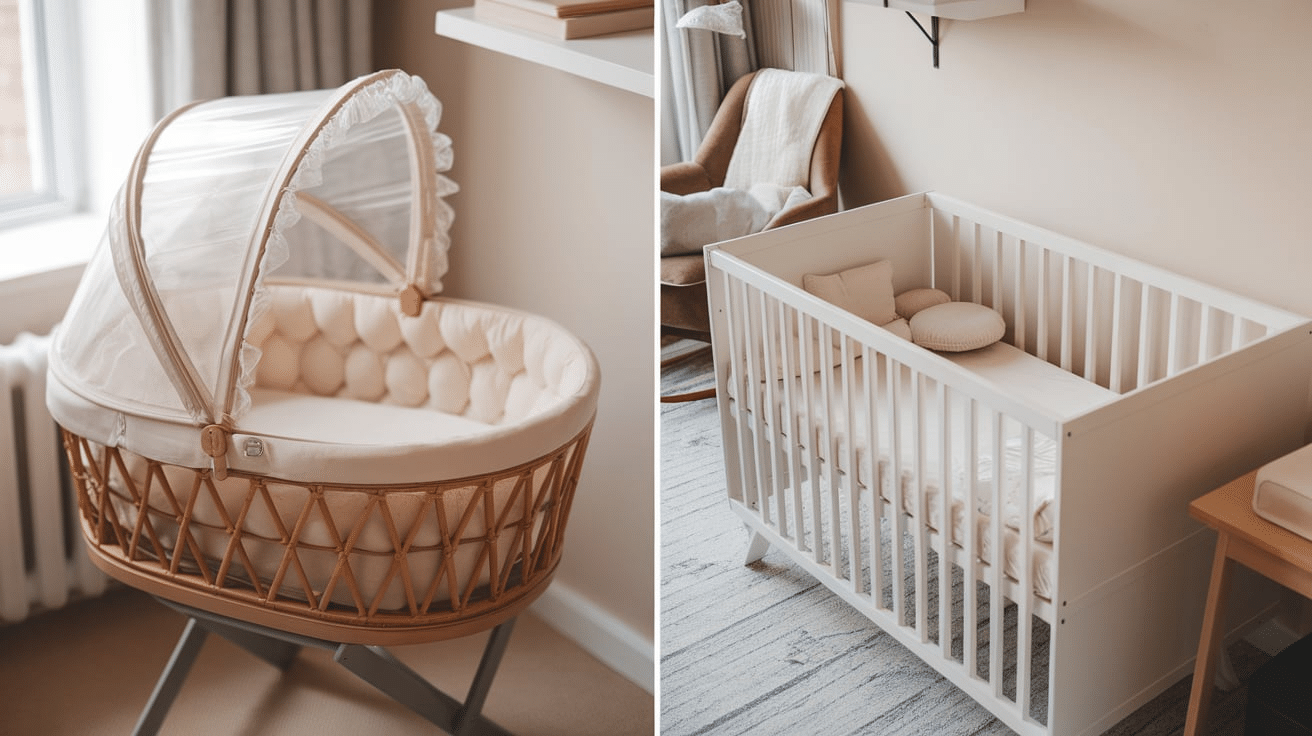
| ASPECT | BASSINET | CRIB |
|---|---|---|
| Size | Compact and lightweight | Larger footprint, not ideal for small rooms |
| Age Suitability | Ideal for newborns up to 4–6 months | Suitable from birth to toddler years |
| Mobility | Easy to move, some models have wheels | Typically stationary, heavier |
| Lifespan | In short-term use, the baby outgrows it quickly | Long-term use, often until toddlerhood |
| Safety Features | Mesh sides allow airflow and lower height for easy access | Sturdy frame, higher sides for added security |
| Mattress Type | Thinner, usually built-in or non-adjustable | A thicker, firm mattress with adjustable height options |
| Cost | Often less expensive initially | Higher upfront cost but longer use value |
| Assembly | Generally easy and quick to set up | It may require tools and more time to assemble |
| Transition | Often used first, then the baby is moved to a crib as they grow and move more. | Typically, the final sleep setup for the infant through the toddler stage |
Benefits of Using Bassinets Over Cribs
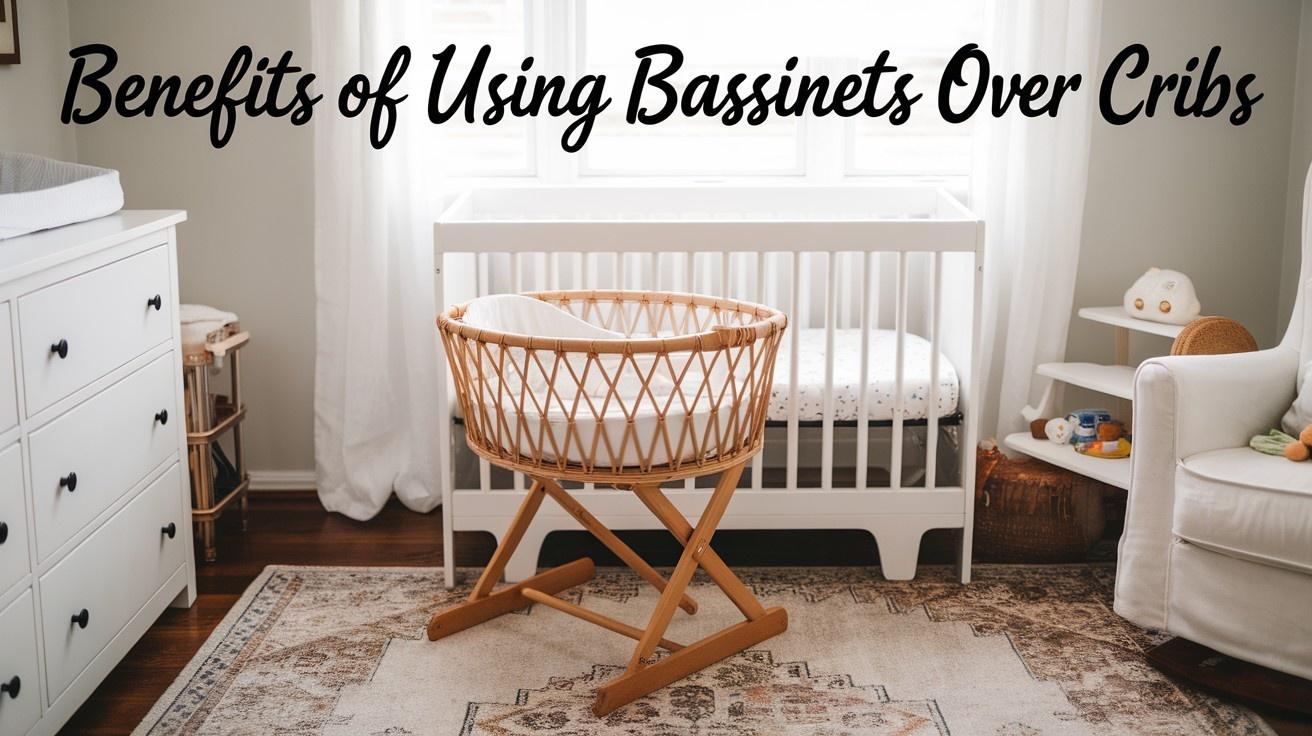
1. Easier Nighttime Access for Parents
Bassinets stand at a higher level than standard cribs, reducing the need for parents to bend down completely.
This makes nighttime feedings and checks more comfortable, especially for those recovering from childbirth or with back issues, reducing physical strain during those frequent nighttime interactions.
2. Space-Efficient Design for Smaller Homes
Bassinets take up significantly less floor space compared to full-sized cribs, making them ideal for smaller bedrooms, apartments, or homes with limited square footage.
Their compact footprint allows for easier room navigation while still providing a safe sleeping environment for newborns.
3. Enhanced Portability for Flexibility
Many bassinets come with wheels or lightweight designs that allow for easy movement throughout the home.
This mobility helps keep your baby close during daytime naps or nighttime sleep, regardless of which room you’re in, making supervision and care more convenient during the first months.
Special Benefit: Bassinets provide a cozy, womb-like environment that helps newborns feel secure and sleep better.
When Should You Stop Using a Bassinet?
Most babies outgrow their bassinets between 4 and 6 months of age. Check the weight limit on your specific model, as most support babies up to 15-20 pounds.
Watch for signs that your baby needs more space, such as rolling over, sitting up, or looking cramped. Many parents notice their little one hitting the sides or looking uncomfortable in their sleep space.
The move to a crib often happens naturally as your baby grows. Set up the crib in advance and try naps there first to help your baby get used to the new sleep area.
Some parents find that room-sharing with a crib works well for the transition period.
Top Features to Look for in a Bassinet
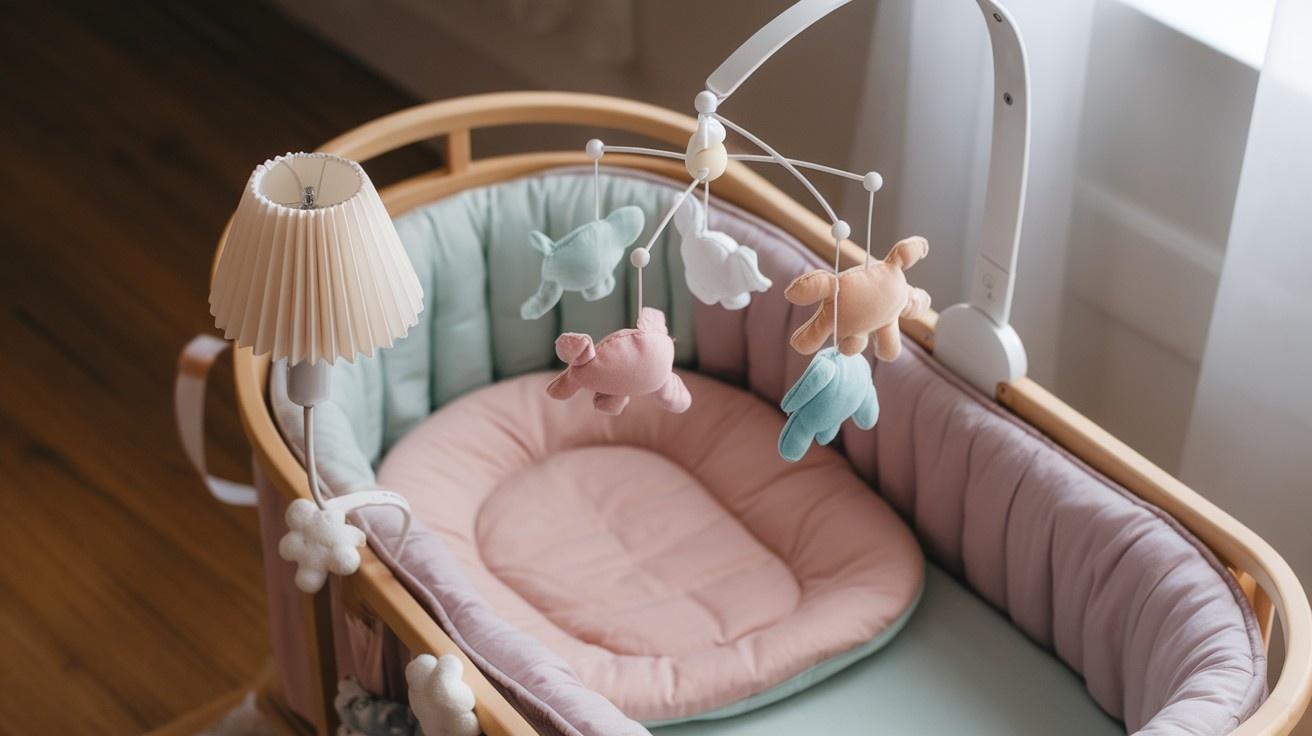
When shopping for your baby’s first sleeping space, focus on safety and practicality. A good bassinet should have mesh panels on the sides to improve air circulation and let you check on your baby easily.
Consider models with gentle motion features that help soothe fussy infants to sleep. Many parents find this function invaluable during those challenging nighttime wakings.
Practical additions like underneath shelves or side pockets keep essentials within reach during midnight changes. Wheels allow easy movement throughout your home while staying close to your little one.
Height-adjustable models can match your bed level, making nighttime feedings more comfortable. This feature is particularly helpful for mothers recovering from birth.
Choose wisely for those precious first months of baby’s sleep.
Final Thoughts
A bassinet is an ideal first bed for your little one. These compact sleeping spots offer a snug, secure area for newborns during their first months.
They typically feature lightweight designs that allow for easy movement between rooms.
Parents appreciate bassinets for their portability and space-saving size. Many models include helpful additions like storage pockets, gentle motion options, and calming sound features.
When selecting a bassinet, consider factors such as room size, budget, and specific needs. Look for options with breathable mesh sides and firm, flat mattresses for optimal safety.
Remember that babies outgrow bassinets quickly, usually within 4-6 months. Choose one that meets safety standards while fitting your home setup.
The right bassinet can help both baby and parents rest better during those precious first months together.
From dreamy nights to peaceful days, the perfect bassinet isn’t just a baby’s first bed—it’s your first step to parenting success.

